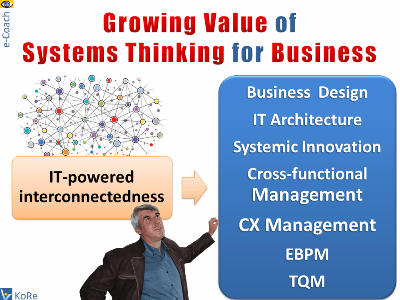| |
Six Sigma is a long-term, forward-thinking initiative
designed to fundamentally change the way corporations do business. It is first and foremost a business process that
enables companies to
increase profits
dramatically by
improving quality, eliminating defects or mistakes in
everything a company does, and
streamlining operations.
|
|
 |
|
|
|
The Five Objectives of Six Sigma
①
To satisfy the customer
②
To lift internal
performance
③
To enable better performance by
better
design
④
To improve the quality of
purchased
supplies
⑤
To reduce the costs
|
|
| |
|
The New Warrior Class
Green Belts ▪ Black
Belts` ▪ Master Black
Belts ▪ Champions
|
|
|
|
|
|
Invention of Six Sigma by
Motorola
Facing stiff competition by
Japanese manufacturers,
Motorola reversed its fortunes
with the Six Sigma strategy.
These programs were led by
corporate pioneers and then
institutionalized. Motorola's
Six Sigma quality program was so
radical that it forced managers
to think about the business
differently. As a result, they
smashed the old inspection
paradigm.
|
|
|
|
|